Wheat: What’s behind the 'Amber Waves of Grain'
When you think of “amber waves of grain,” do you think of wheat?
You should. It's not only part of “America, the Beautiful,” (lyrics penned in 1893 by Wellesley College professor Katharine Lee Bates), but it's part of California's agricultural landscape.
California annually grows about 800,000 acres of wheat, with about half used for human consumption and the rest for animal feed. It's a highly sustainable rotational crop.
Wheat growers seed the crop in the fall and winter, and harvest it in late spring or early summer. That's when we see the “amber waves of grain.” In the winter, weather conditions permitting, it's emerald green.
Since this cereal crop relies heavily on winter rainfall, it minimizes the use of our limited ground and surface water. However, acreage will likely be down this year due to our drought conditions. In non-drought years, the thick lawn-like plantings help reduce soil erosion and increases water infiltration.
Our state's yields are impressive, averaging 2.5 to 4.5 tons per acre, twice the national average of 1.3 tons per acre. California primarily produces hard red varieties that have excellent milling and baking characteristics. With high protein levels at 12 to 15 percent, California wheat is especially favorable for bread making.
Wheat is a fairly pest- and disease-resistant crop. Varieties developed by UC Davis researchers and other scientists at public universities and private seed companies combat serious diseases like stripe rust and barley yellow dwarf viruses that have cost growers millions of dollars in yield losses. Researchers rely solely on crosses with different ancestral wheat varieties using sophisticated molecular markers. These crosses are not genetically engineered; in fact, there are no genetically modified wheat varieties on the market.
Not only is wheat sustainably grown, but whole wheat grain is a nutritious and a healthy part of the human diet covering thousands of years. Wheat grain is an important source of protein, starch, fiber, vitamins and nutrients that give us energy and help prevent cardiovascular disease, diabetes and cancer. It also has higher protein content than other major cereals such as corn and rice.
Wheat is also good habitat for beneficial insects such as ladybird beetles and lacewings. These natural enemies help keep aphid pests under good biological control so growers rarely need insecticides for wheat production in California. Wheat additionally provides habitat for colonies of endangered tricolored blackbirds.
After growers harvest the grain, they cut and bale the leftover dry stalks, known as wheat straw, for livestock bedding, especially for horses at racetracks. When the bedding is spent, the wheat straw, mixed with manure, is recycled into compost. Major end users include the mushroom farms in the Monterey and Bay areas, which rank second in the nation in mushroom production.
So, the next time you hear or sing “America the Beautiful” (“O beautiful for spacious skies, For amber waves of grain…”), stop and think of California wheat and its many uses.
That includes breads, pizza, pasta and pastries, but also alcoholic beverages (wheat is a key ingredient in some beers).
What's to eat? Wheat. Whether it's emerald green or amber, as in “amber waves of grain,” it helps define and strengthen our agricultural landscape, our heritage, our uses and our future.
Click here to find the recipe for Kathy's rolls.
An initiative to enhance competitive and sustainable food systems is part of the UC Division of Agriculture and Natural Resources Strategic Vision 2025.
Comments:
Returning to the wheat gluten issue, I shopped in Davis earlier today at Trader Joe's. When I checked out I enquired whether they were aware of this issue. Absolutely. And the checker quickly offered to print out a copy for me, not of their products with gluten, but of those free of it. This compendium is a full seven (7) pages in length, printed in a small font size. (It required time and money better spent elsewhere to put this together, so we may assume they are taking this seriously.) Perhaps Trader Joe's is following the principle of caveat emptor. Doubtless, most of their clientele are unaware of this issue, so why call attention to the products that do contain gluten. Just let the customer carry the 7-page list around the store and see whether the desired item(s) are on it.
Ms Long, your reply of November 24 (above) does not address whether UC and ANR's "Outreach" only emphasizes "...the healthy benefits of wheat in our diet...", and avoids why this concerted outreach campaign is being conducted in the first place.
PS: When I went to Papa Murphy's to get my usual Saturday pizza (Family-size Combination), there was a new sign up on the counter. It proclaimed "Our crusts do not contain gluten"
Bottom Line: It would be helpful if UC and ANR were a bit more open about this very important matter.


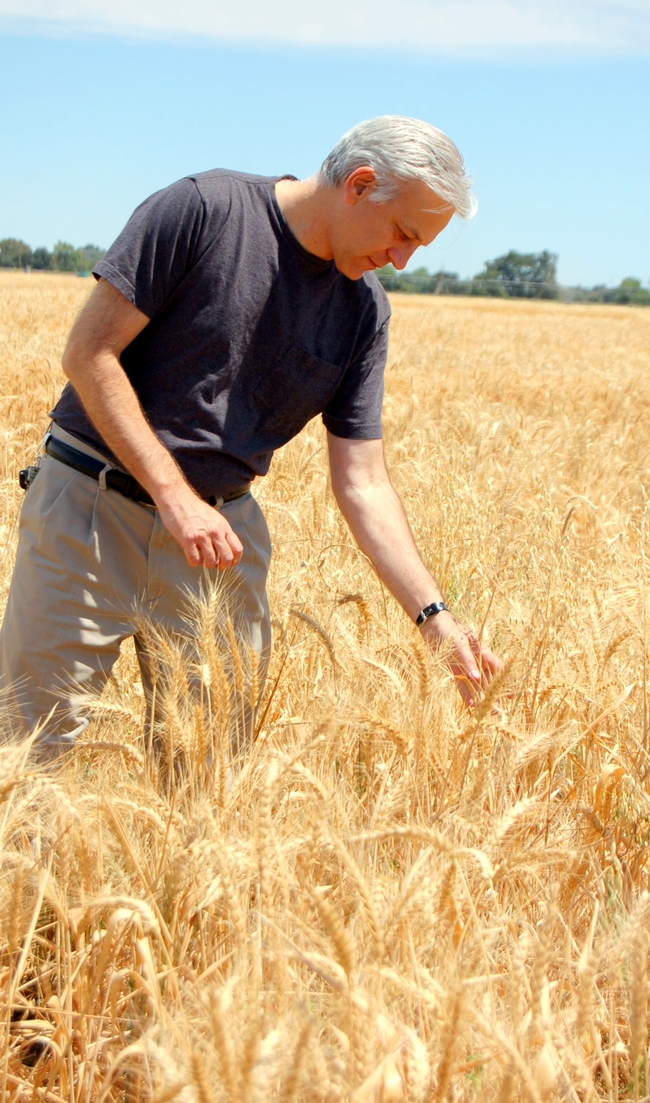
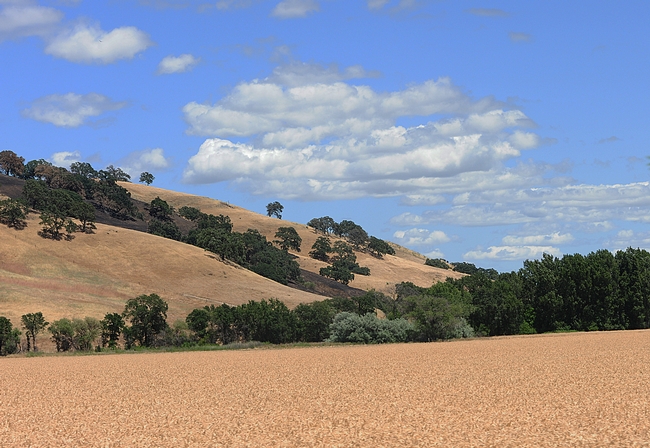
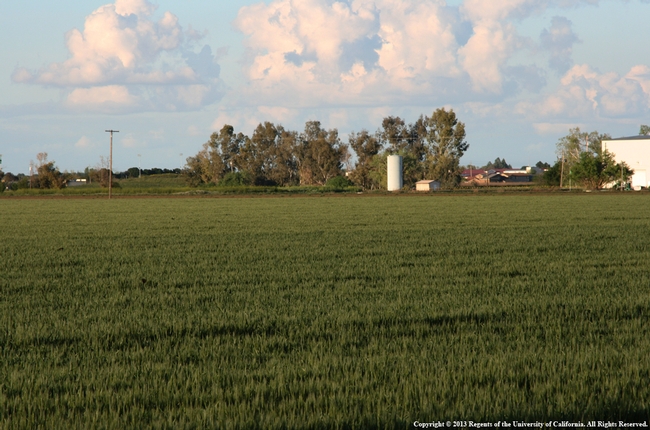
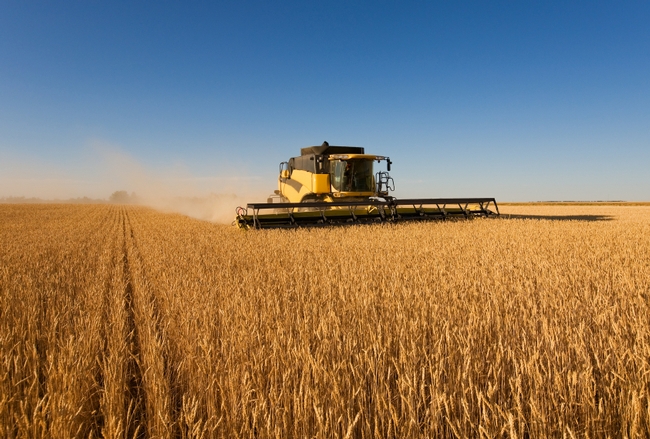
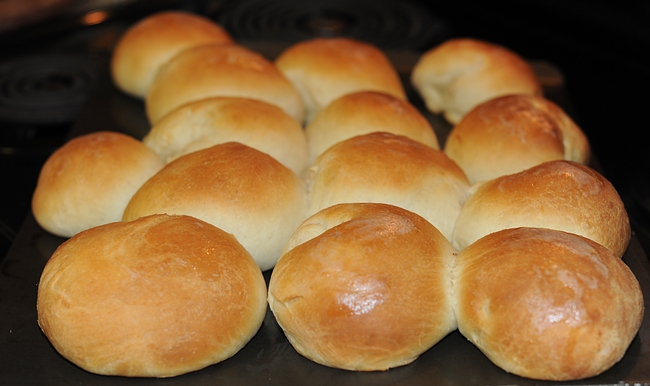
But wheat is currently experiencing a serious counterattack.
One might paraphrase the article's historically relevant title (I recall the teacher of my 8-graded country school in rural Wisconsin leading all in singing "America, The Beautiful"), and make it instead "Amber Waves of Gluten".
Suffice to say here that this is increasingly evident in on-line publications, daily newspapers, and, more importantly, on labels on food containers in grocery stores.
Case in point for the latter: Even my favorite popping corn declares stoutly that it is "100% Gluten Free". Now corn, although genetically modified, does NOT contain gluten. But the folks in Orville Reddenbacher's marketing group can't afford to take a chance of being tarred with the same brush.
Bottom Line: It behooves the University to carefully formulate and then mount a "counter-counter attack". If not, the general public is likely to think "Hmm, seems like UC isn't responding, so, it must be true."
Posted by Charles A Raguse on November 21, 2014 at 3:52 PM